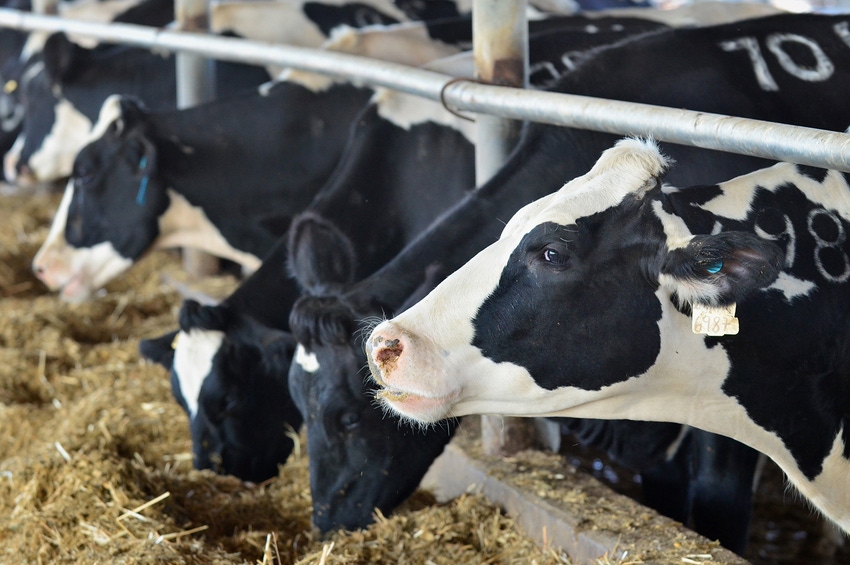New traits suggested to improve feed efficiency of dairy cows
Research conducted in Finland finds novel indicator for evaluating negative energy status of dairy cattle.
September 23, 2020

New breeding methods can improve the feed efficiency of dairy cattle, which would bring savings to dairy producers in feed costs while reducing emissions from milk production, according to the doctoral dissertation of Terhi Mehtiö, a research scientist at the Natural Resources Institute Finland (LUKE).
LUKE pointed out that in recent years, the improved feed efficiency of cows has been a hot topic in the research of animal genetics and breeding. However, many factors have decelerated breeding: defining the traits that affect the feed efficiency has been difficult, measuring technologies and protocols have been insufficient and information regarding a sufficiently large number of animals has not been available for genetic analyses.
In her doctoral dissertation, Mehtiö developed new methods that help improve the feed efficiency of dairy cows. She studied the ability of individual cows to digest feed from fecal samples using near-infrared spectroscopy.
Genetic variation in the ability to digest feed was low, and the advantages of breeding must still be considered relative to sampling costs, she reported.
“Improvements in digestibility would, however, reduce the need for feed and produce savings in feed costs. As a result, it could be a significant area of interest in the future,” Mehtiö said.
Cows that better digest feed obtain more energy from their feed than cows that consume the same amount of feed but do not digest it as well. According to the results of the doctoral dissertation, some genetic variation was found in how effectively cows use energy for milk production, maintenance and growth, LUKE noted in its announcement. These models can be used in the future when developing the breeding values for feed efficiency.
Information from milk samples
On the other hand, breeding for feed efficiency may have a negative effect on fertility and health of animals if it leads to significant weight losses during early lactation, Mehtiö suggested.
When milk production intensifies after calving, dairy cows start to mobilize their adipose tissue in order to satisfy their need for energy. This is called a negative energy status. “When cows are in a negative energy status, they may seem to be highly effective. The aim is not to strengthen this trait, as recovering from negative energy status consumes resources, and a long and deep negative energy status may have an unfavorable effect on fertility and health,” Mehtiö said.
In her dissertation, Mehtiö developed an indicator for evaluating the negative energy status, which is difficult to measure. When a cow loses weight and mobilizes adipose tissue, the concentration of non-esterified fatty acids (NEFA) in blood increases, which means the NEFA content in blood can be regarded as a biomarker of the energy status, she said.
In her dissertation, the NEFA content was determined from milk samples by using mid-infrared spectroscopy, LUKE said. The results showed that the NEFA content in blood, determined from milk samples during the early lactation, was heritable and that it had a moderate genetic correlation with fertility.
“This means that weight losses in cows can be determined from milk samples, and this information can be used in breeding. As a result, it can be ensured that cows recover well from the early lactation and remain healthy and fertile, even if feed efficiency traits are included in dairy cattle breeding programs,” Mehtiö said.
LUKE noted that Mehtiö will defend her doctoral dissertation, “Genetics of Novel Feed Efficiency & Related Traits in Nordic Dairy Cattle,” Sept. 30 at the University of Helsinki.
You May Also Like



